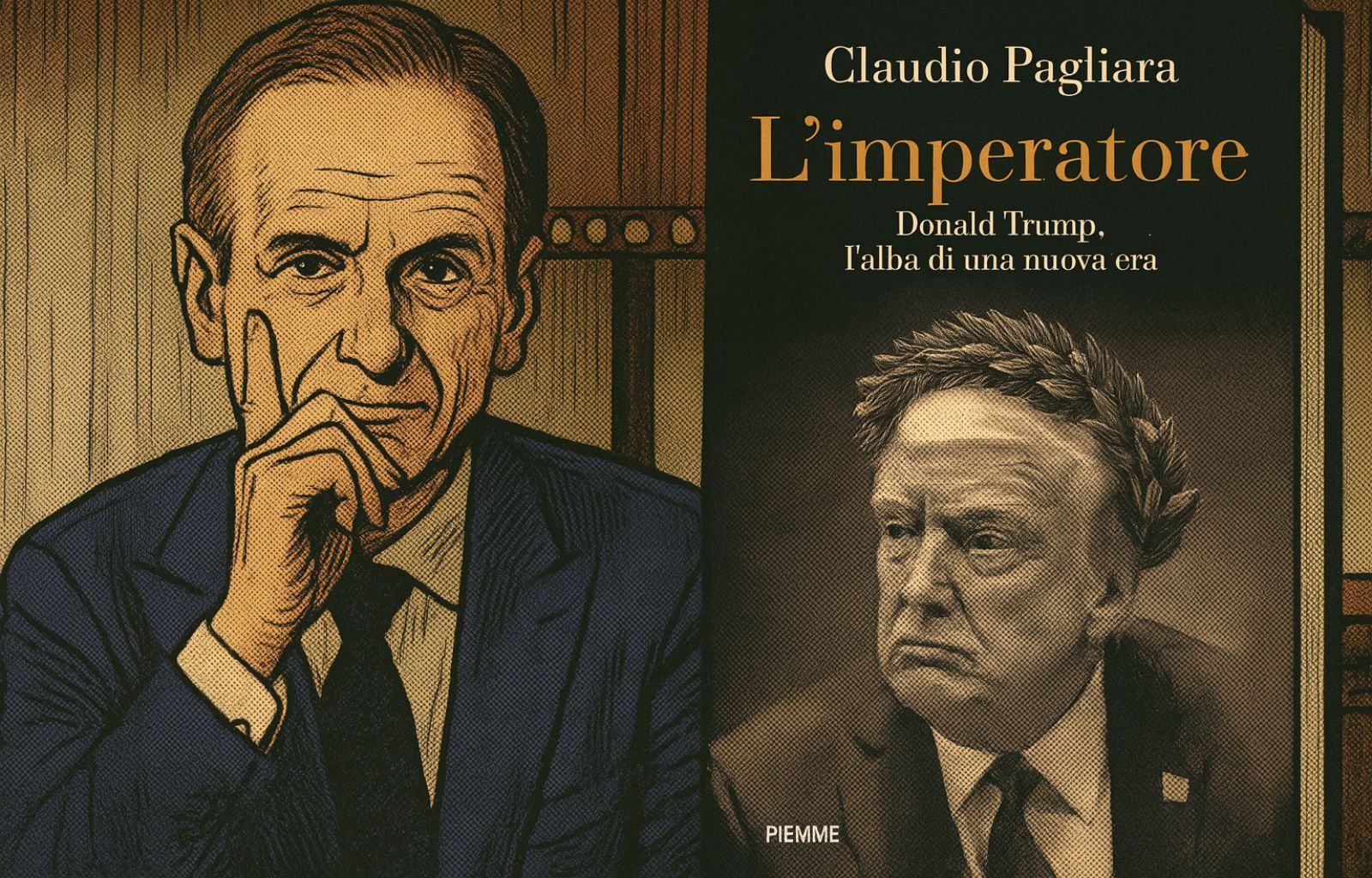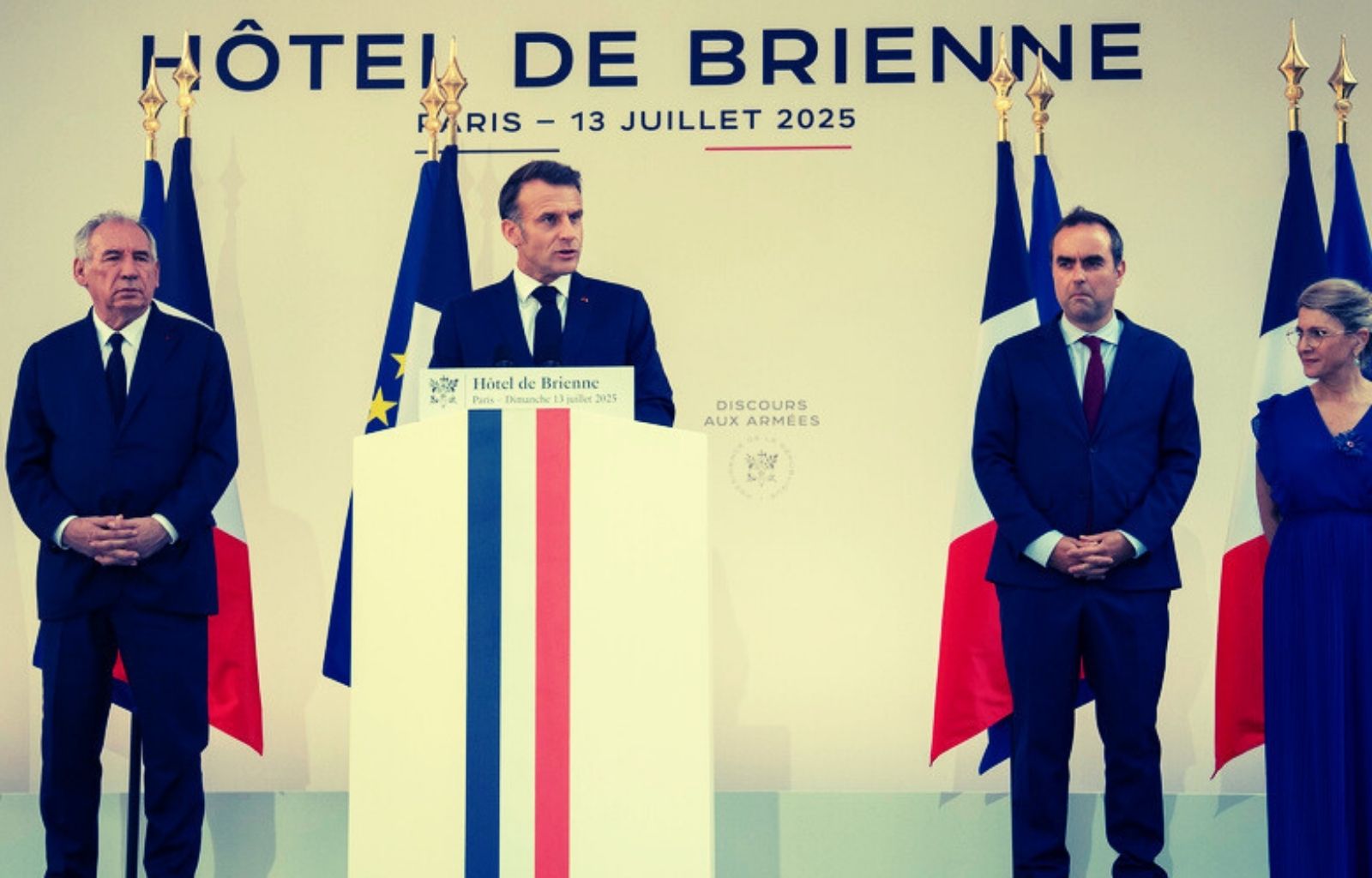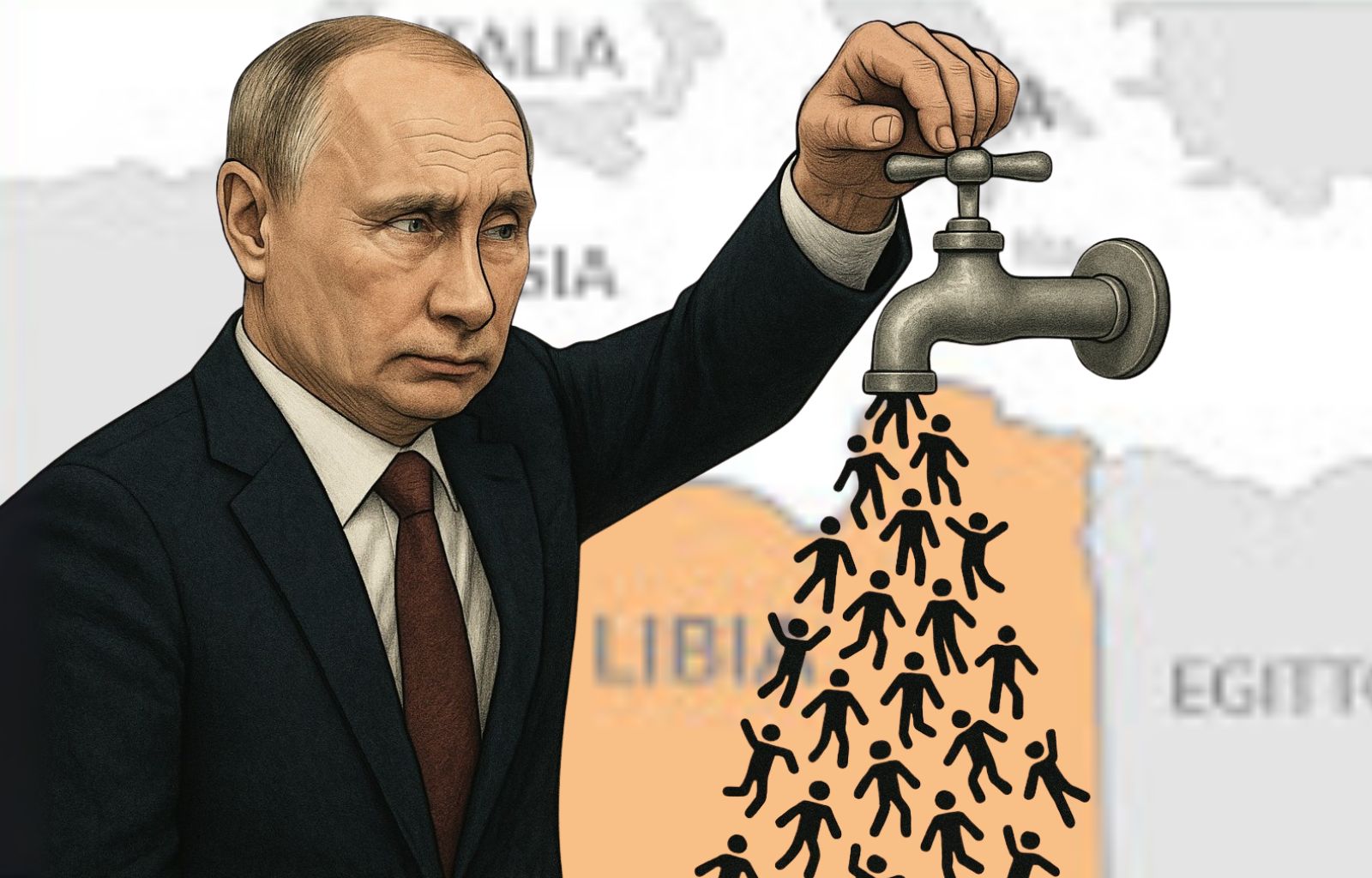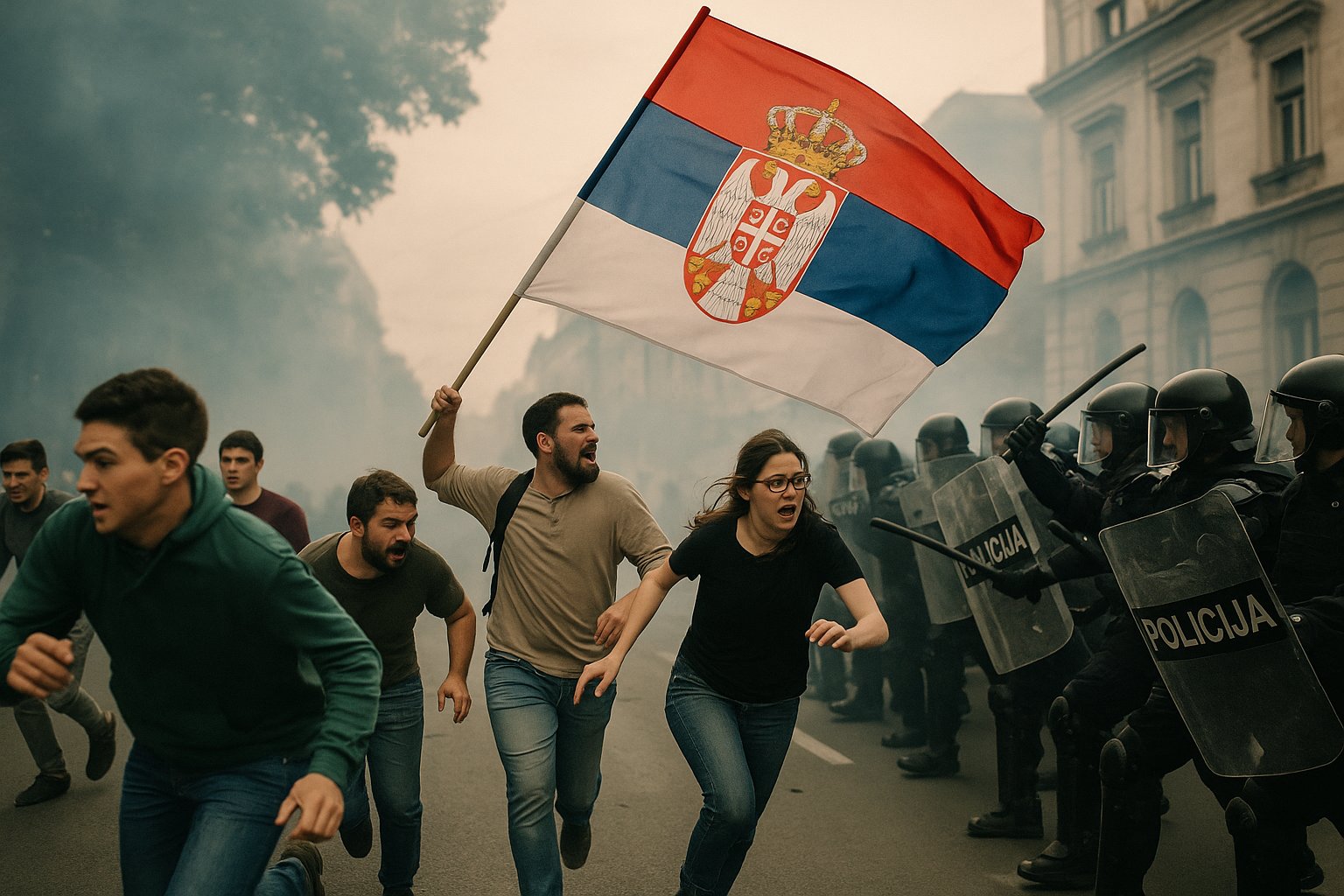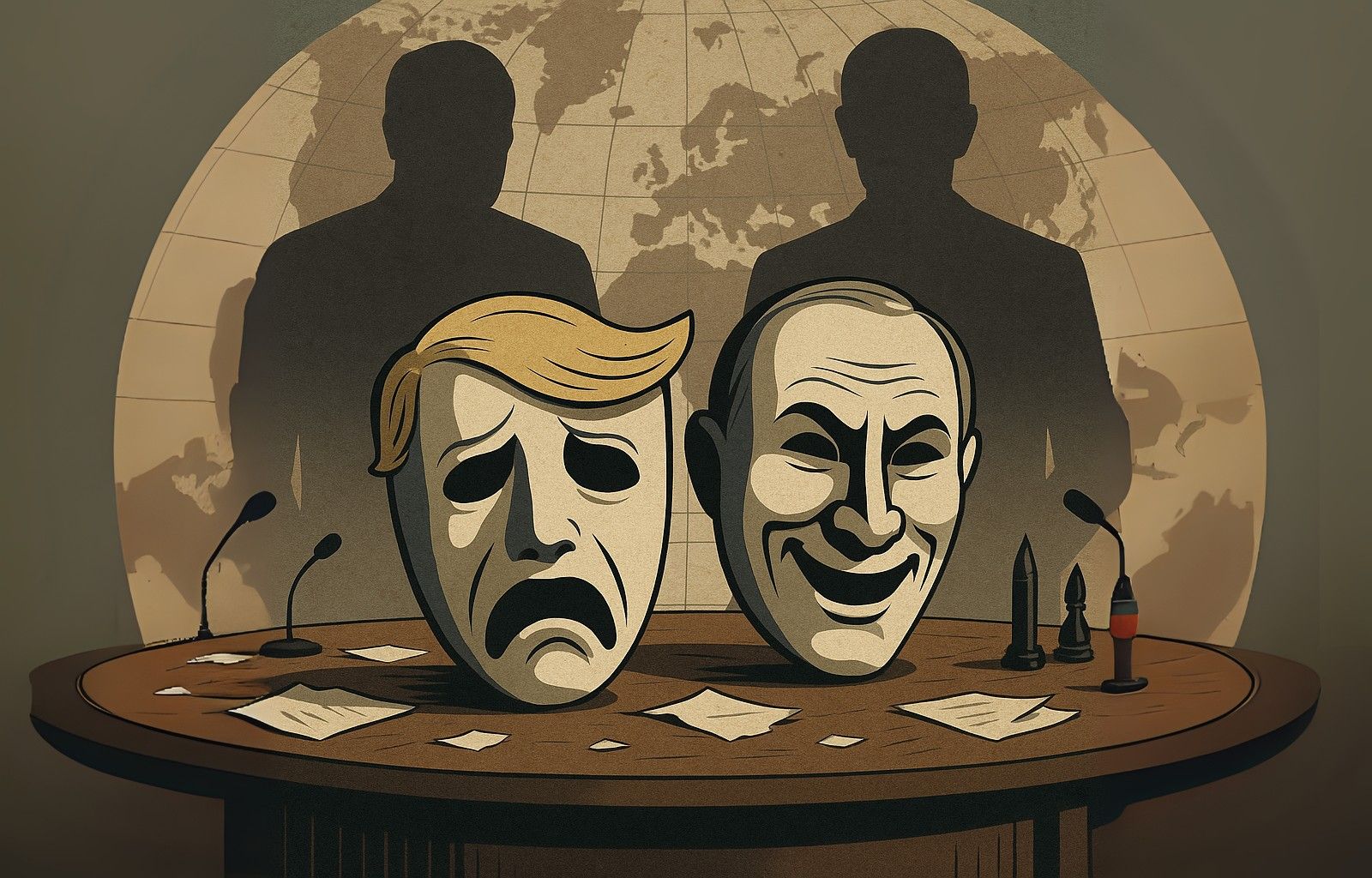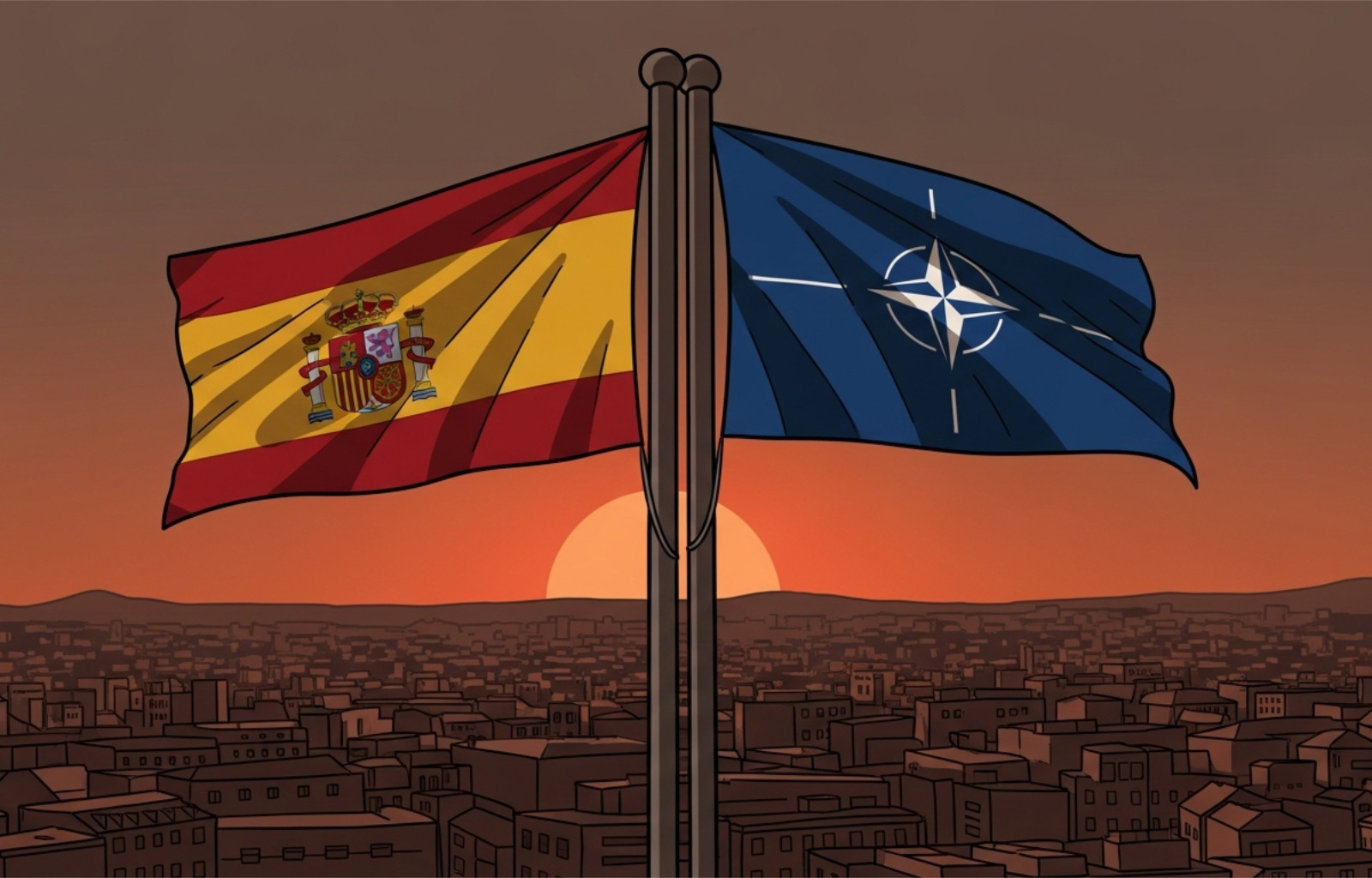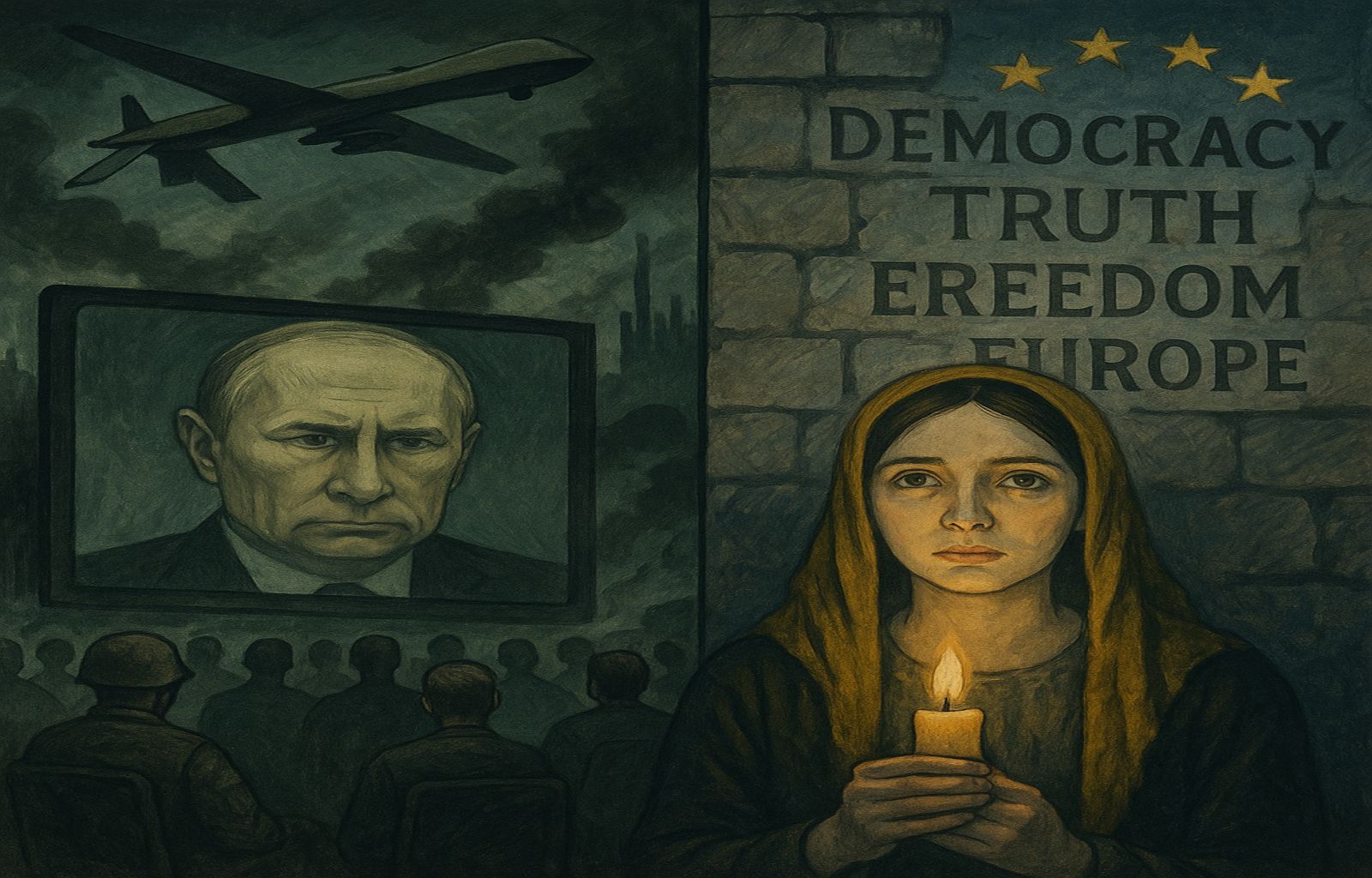Between duties and threats. Trump’s big game on Europe

The new US tariff threat against theEuropean Union marks yet another episode in a confrontation that goes far beyond trade disputes. It is not just about 30% tariffs that threaten to cripple entire production chains, but about a deeper change in the use of trade as an instrument of political power.
With Donald Trump, duties become a weapon of strategic pressure, bent to the logic of coercive diplomacy and the redefinition of global balances. The game is not only played on the markets: it is a challenge of narrative, strategic communication and public perception, in which Europe often finds itself divided and on the defensive.
In this complex context, understanding the nature of this threat and the communication logics that feed it becomes essential to avoid falling into a game of force that aims to rewrite the rules of the international system.

Tariffs as a political tool: the new American normality
The return of the US tariff threat marks a crucial step in relations between the United States and the European Union, revealing the structural fragility of a trade and political balance that for decades had been based on shared rules and productive interdependencies.
Donald Trump is no stranger to this aggressive approach: already in his first term he had made protectionism a banner, imposing tariffs on steel and aluminium, threatening trade wars and demanding bilateral concessions. His strategy has never been purely economic: for Trump, tariffs are a negotiating weapon, a lever of power, a tool for redrawing the balance of power.
The newly announced increase – from the current 10% to 30%, after threatening peaks of 50% – is not a miscalculation or a negotiating stumble. It is part of a consistent pattern that uses uncertainty andescalation as a method of pressure. The repeated swings in tariffs do not only reflect Trump’s unpredictable nature but are a conscious calculation: to keepEurope on the defensive, to force it to react, to disunite it in front of its electorate and allies.
On a technical level, theEU is obliged to negotiate with one voice in trade matters. But behind the unity facade lie deep disagreements. Germany, a major exporter to the United States, calls for prudence and dialogue to protect its automobile and mechanical engineering industries. France insists on a more muscular approach, calling for tough and immediate countermeasures.Italy, aware of its trade vulnerability but without much room for manoeuvre, preaches compromise but tries to play an all-political game, with Meloni trying to exploit her personal relationship with Trump – for now without concrete results.
The problem is not only economic, but deeply political. Tariffs at 30% would in fact be prohibitive for many European manufacturing sectors. They would hit integrated supply chains, damage agricultural exports, and increase costs for consumers on both sides of the Atlantic. But above all, they would call into question the very logic of global trade built by the US itself after World War II.
TheWorld Trade Organisation and the major multilateral treaties had promoted the reduction of barriers and the free movement of goods for decades. The idea was that economic interdependence would generate political stability. Trump reverses this logic: for him, interdependence is not a guarantee of peace, but a vulnerability to be exploited. Every integrated supply chain is a chain that can be pulled, every open market is a leverage point for concessions.
The political significance of duties
It is no coincidence that the threat of tariffs has been used in the Trumpian narrative as a symbol of anAmerica that no longer wants to be ‘robbed’ by trading partners. The White House speaks of ‘years of exploitation’, of ‘stealing’ from friends and foes alike. The discourse is not technical but identity-based: it constructs a narrative of national redemption against a system perceived as unjust.
Yet, this strategy is not without risks or contradictions. Behind the bombastic announcement of increased tariffs, Trump is actually trying to negotiate from a position of strength. There is no coherent industrial plan to quickly replace European imports or to reconvert supply chains. American manufacturing sectors still depend to a significant extent on Europe, and duties risk also affecting US consumers with price increases and supply difficulties.
Trump’s threats do not only have an economic objective, but also a clear political purpose: to forceEurope into wider concessions, not only on the trade field. In recent months, Trump has also used the tariff instrument against other countries for objectives completely unrelated to trade. He has threatened Brazil with 50% tariffs in order to force it to stop court cases against Bolsonaro. At the same time he imposed tariffs on Colombia to force it to accept flights of migrants expelled from the US. He has evoked punitive tariffs against countries that buy oil from Venezuela or do not increase their military spending according to US wishes.
Trump’s protectionism is thus not just defence of American industry, but coercive diplomacy. It is a return to an imperial logic – where trade is not a space of shared rules but a battleground to bend rivals. The threat of duties becomes a weapon of transversal pressure: forcing partners to give in not only on import/export quotas, but on strategic dossiers, on investments, on political and alliance choices.
The difficult EU strategy
In this context,Europe is struggling to find a united line. The European Commission insists on the path of negotiation, evoking ‘considered’ countermeasures but hoping to the last for a compromise. The trade and foreign ministers of the member states oscillate between the desire to avoid a devastating escalation and the need to prepare to respond firmly. Internal discussions, cautious communiqués and national divisions end up feeding precisely the Trumpian strategy: they show a diplomatic fragility that Washington knows how to exploit.
Finally, it should be remembered that the threat of tariffs does not come in a regulatory vacuum. The rules of international trade – from theWTO to US law – provide for limits on the unilateral use of tariffs. Trump has justified his previous tariffs by evoking national security grounds. This legal basis is fragile and challenged in court, but elastic enough to allow him leeway. The instrumental use of this justification reveals the ongoing transformation: from shared rules to an international order shaped by negotiating power and force.
In this context, the duties are not just a technical measure: they are a message of redefining global balances. They represent the American will – or at least this administration’s – to unilaterally rewrite the rules of the game. And they putEurope before a difficult choice: accept to play on a terrain designed by Trump or find the courage to respond with an autonomous and coherent strategy.

Trump’s strategic communication and the return of empires
The issue of tariffs cannot only be read in economic or legal terms. It is also, and perhaps above all, a communicative phenomenon. Trump does not just impose tariffs: he announces them, threatens them, casually raises and lowers them, turning the negotiation into a geopolitical reality show live on social and media. The value of tariffs becomes a message more than a fiscal measure: a signal of power, a show of strength aimed as much at external rivals as at his own electoral base.
When Trump writes that the US ‘has been robbed on trade and defence for decades’, he is not just justifying a protectionist economic policy. He is fuelling a nationalist, revanchist narrative, in which America is presented as the victim of an unjust system that must be resolutely put back in its place. The language of tariffs is a language of war, constructed to polarise debate and consolidate domestic consensus.
This communicative strategy is based on a negotiating framing that Trump imposes on his interlocutors: he puts extreme demands (such as 30% or 50% duties) on the table to force the other party to negotiate on his terms. And this is whereEurope proves particularly vulnerable. Torn between diverging national interests – with France ready for harsh retaliation, Germany cautious to defend its exports andItaly hoping for Meloni’s personal mediation – the Union sits at Trump’s table already trapped in its narrative. It accepts, in effect, to play within the framework he has imposed: that of muscular conflict, of give-and-take imposed by the strongest.
This dynamic contrasts with other international scenarios. For example, Putin ‘s Russia does not lend itself to this game: it does not negotiate from a position of weakness and, on the contrary, imposes tough conditions itself, exploiting the energy or military threat. The Kremlin does not allow itself to be caught up in Trumpian framing: it raises, threatens, resists. On the contrary, theEU desperately seeks compromise, showing its inability to dictate an autonomous agenda or to counterattack symbolically.
Read the full interview with Claudio Pagliara in L’Europeista
Moreover, a more internal aspect of American politics should not be underestimated. The aggressive communication on duties also serves Trump to recompose his electoral base, especially in the MAGA movement. At a time when internal tensions and cracks are emerging – linked to the court cases, strategic differences with his vice-president Vance, or defections of some Republican bigwigs – the duties become an instrument of distraction and cohesion. They are presented as an identity flag: ‘America First’ against all. A simple, polarising and functional narrative to mobilise support for the elections, hiding divisions under an artfully constructed external conflict.
This performative diplomacy is not just external communication: it is a domestic consensus management strategy. It turns every negotiating table into a stage, every threat of tariffs into an electoral message. The aim is not only to bend allies, but also to show the domestic public a president who fights uncompromisingly, who is not afraid to impose costs on others in order to defend American interests.
Duties as an instrument of narrative power
In this context, tariffs prove to be a hybrid weapon: not only an economic barrier, but an instrument of narrative power and coercive diplomacy. A lever of control over partners and, at the same time, a mirror for internal contradictions. Trump uses them to rewrite global power relations and to consolidate his political leadership, turning trade policy into a permanent campaign. And as the world adapts to this new logic,Europe must decide whether to accept being a pawn on this chessboard or learn to play its own game.
The duties announced by Trump are not just a technical measure nor an impromptu expression of protectionism, but a conscious piece of a broader strategy that uses trade leverage to reassertimperial hegemony in an increasingly multipolar world.
ForEurope, the real challenge is not just to find a tariff compromise, but to learn to recognise and deconstruct the logic of power and strategic communication behind these ultimatums. It is not enough to prepare economic countermeasures: we need to build a political and narrative approach capable of defending our autonomy and negotiating from a position of consistent strength.
This is the only way to avoid playing on the field designed by the adversary and to start defining a truly common European strategy, capable of withstanding the impact of increasingly tough competition and increasingly performative diplomacy.


